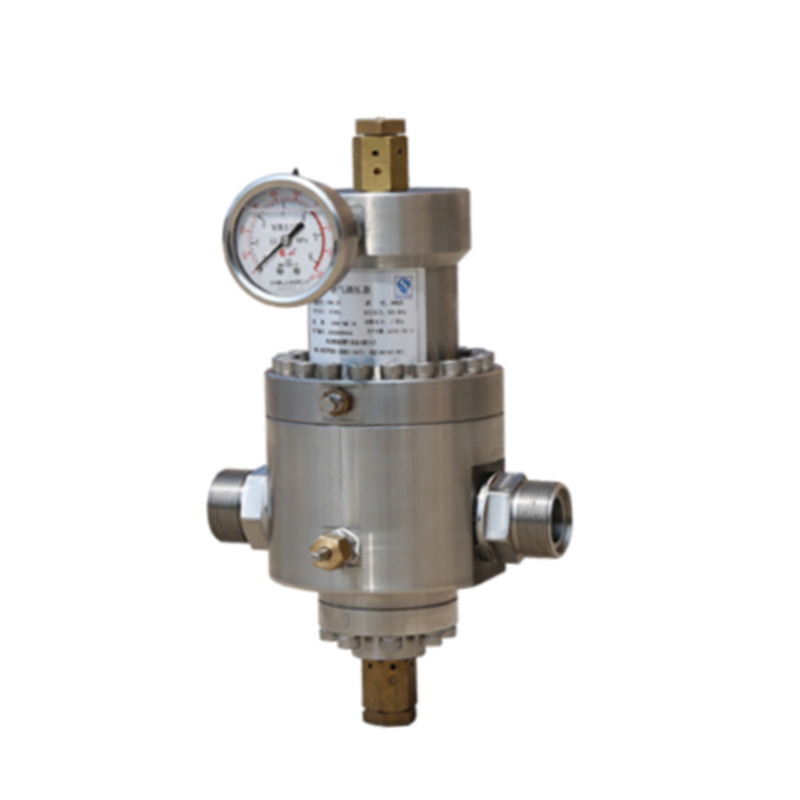
Dec . 18, 2024 21:09
Back to list
Regulating Valve for Efficient Flow Control and System Optimization
Understanding Pressure Regulating Valves An Essential Component in Fluid Systems
In various industrial and commercial applications, maintaining optimal pressure is crucial for the efficient operation of machinery and systems. One key component that plays a vital role in achieving this is the pressure regulating valve, often referred to as a PRV or a pressure regulating valve (صمام تنظيم). This article delves into the functionality, importance, and applications of pressure regulating valves.
What is a Pressure Regulating Valve?
A pressure regulating valve is a mechanical device that automatically regulates the pressure of a fluid within a system. By maintaining a consistent pressure despite fluctuations in upstream conditions, these valves help ensure that downstream systems operate smoothly and effectively. The design of a pressure regulating valve typically includes a spring, diaphragm, and an adjustable set point that governs the desired pressure.
How Does It Work?
The operation of a pressure regulating valve involves a simple yet effective mechanism. When the incoming fluid pressure exceeds the set pressure, the valve opens to allow some fluid to pass through, thus reducing the pressure in the downstream system. Conversely, if the downstream pressure falls below the set point, the valve closes, preventing excess fluid from passing through. This self-regulating feature is essential for protecting sensitive equipment from pressure surges that could cause damage or inefficiency.
Importance of Pressure Regulating Valves
1. Protection of Equipment One of the primary functions of pressure regulating valves is to protect downstream equipment and systems. Excessive pressure can lead to equipment failure, leaks, and safety hazards. By maintaining a stable pressure, PRVs help to ensure the longevity and reliable operation of machinery.
2. Energy Efficiency Efficient operation of fluid systems often translates to significant energy savings. Pressure regulating valves can optimize the performance of pumps and compressors by preventing them from working harder than necessary, thus reducing energy costs.
3. Process Control In many industrial processes, maintaining precise pressure is critical for product consistency and quality. Pressure regulating valves provide the necessary control to ensure that the pressure levels remain within specified limits, contributing to better overall process management.
صمام تنظيم

4. Safety Compliance Many industries are subject to strict safety regulations concerning pressure systems. By incorporating pressure regulating valves, companies can enhance their compliance with safety standards, thereby reducing the risk of accidents and legal liabilities.
Applications of Pressure Regulating Valves
Pressure regulating valves are utilized in a diverse range of applications across various industries
- Water Supply Systems In municipal water systems, PRVs regulate pressure to ensure that water is delivered at a safe and consistent pressure to homes and businesses.
- Oil and Gas In the oil and gas industry, pressure regulation is crucial for extracting and transporting hydrocarbons safely. PRVs are employed in pipelines and refineries to manage pressure during extraction, processing, and distribution.
- HVAC Systems In heating, ventilation, and air conditioning systems, pressure regulating valves help maintain proper pressure levels for efficient cooling or heating, contributing to overall energy efficiency.
- Chemical Processing In chemical manufacturing, maintaining precise pressure helps ensure reaction efficiency and product quality. PRVs are essential in managing pressure in reactors and distillation columns.
Conclusion
Pressure regulating valves (صمام تنظيم) are fundamental components in many fluid systems, ensuring that pressure levels remain stable, equipment is protected, and processes run efficiently. Their importance cannot be overstated, as they play a critical role in safeguarding equipment, enhancing energy efficiency, and maintaining safety compliance. Understanding the functionality and applications of these valves enables engineers and operators to design systems that operate smoothly, reflecting the necessity of this vital technology in modern industrial practices.
Latest news
-
Safety Valve Spring-Loaded Design Overpressure ProtectionNewsJul.25,2025
-
Precision Voltage Regulator AC5 Accuracy Grade PerformanceNewsJul.25,2025
-
Natural Gas Pressure Regulating Skid Industrial Pipeline ApplicationsNewsJul.25,2025
-
Natural Gas Filter Stainless Steel Mesh Element DesignNewsJul.25,2025
-
Gas Pressure Regulator Valve Direct-Acting Spring-Loaded DesignNewsJul.25,2025
-
Decompression Equipment Multi-Stage Heat Exchange System DesignNewsJul.25,2025

